There’s been a bit of noise recently in the photography blogosphere relating to how easy it is to make changes to camera software, and why, as a result, it feels like camera manufacturers are flat out not interested in the feature ideas of their professional and more capable enthusiast users. It probably started with this article by Ming Thein, and this rebuttal by Kirk Tuck, followed by this one and this one by Andrew Molitor.
The problem is that my "colleagues" (I’m not quite sure what the correct collective term is here) are wrong. For different reasons. They are all thinking of the camera as a unitary product, and none of them (even Molitor, who claims to have some experience as a system architect) are thinking as they should, of the camera as a platform.
OK, one at a time, please…
There are a lot of good ideas in Ming Thein’s article. A lot of his suggestions to improve current mirrorless cameras are good ones with which I agree. The trouble is that he is trying to design "Ming Thein’s perfect camera", and I suspect that it wouldn’t be mine. For a start it would end up far too heavy, too expensive and with too many knobs!
Kirk Tuck gets, this, and his article is a sensible exploration of trade-offs and how one photographer’s ideal may be another’s nightmare. However he paints a picture of flat-lining development which is very concerning, because there are some significant deficiencies in current mainstream cameras which it would be great to address.
Andrew Molitor then picks up this strand, and tries to explain why all camera feature development is difficult, and prohibitively expensive, and why Expose to the Right (ETTR) is especially difficult. Set aside that referring to Michael Reichmann as "a pundit" is unkind and a considerable underestimation of that eminent photographer’s capabilities, there are several fallacies in Molitor’s articles. Firstly, it just would not be as difficult as claimed to implement ETTR metering, or any variant of it. It’s just another metering calculation. If you have a camera with some form of live histogram or overexposure warning, then you can already operate this semi-manually, tweaking down the exposure compensation until the level of clipping is what you want. If you can do it via a predictable process, then that enormously powerful computer you call a digital camera can easily be made to replicate the same quickly and efficiently. That’s what the metering system does. It’s even quite likely that the engineers have already done something similar, but hidden it. (Hint: if you have a scene mode called something like "candle-lit interior", you’re almost there…)
I suspect the calculations of grossed-up cost are also fallacious. If that were the case, in a market which manages US sales of only a few tens of thousands of mirrorless cameras per year (for example), we would never get any new features at all. The twin realities are that by combining multiple features into the normal streams of product or major release development, many of the extra costs are amortised, but we also know that the big Japanese electronics companies apply different accounting standards to development of their flagship products. If Molitor’s argument was correct, we would not see features in each new camera such as a scene mode for "baby’s bottom on pink rug" (OK, I made that one up :)) or in-camera HDR, and things like that don’t seem to be a problem. I simply cannot believe that "baby’s bottom on pink rug" will generate millions of extra dollars revenue, compared with a "control highlight clipping" advanced metering mode, which would be widely celebrated by almost all equipment reviewers and advanced users.
So assuming that I’m right, and on-going feature development is both feasible and desirable, where does that leave us?
Ming Thein is not alone in expressing disappointment with the provision of improved features focused for the advanced photographer, and I agree with him that the slow progress is really very annoying. In my most recent review, I identified several relatively simple features which would be of significant value to the advanced photographer, and which could easily be implemented in the software of any good mirrorless camera without hardware changes, including:
- Expose to the right or other "automatically control highlight clipping" metering
- Optimisation for RAW Capture (e.g. histogram from RAW, not JPG)
- Proper RAW-based support for HDR, panoramas, focus stacking and other multishot techniques
- Focal distance read-out and hyperfocal focus
- Note taking and other content enrichment
All of these have been identified requirements/opportunities since the early era of digital photography. Many of them are successfully implemented in a few, perhaps more unusual models. For example the Phase One cameras implement a lot of the focus-related features, the Olympus OM-D E5-II does a form of image stacking for resolution enhancement, and Panasonic have just introduced a very clever implementation of focus bracketing in the GX8 based on a short 4K burst. However by and large the mainstream manufacturers have not made any significant progress towards them. Even if Molitor’s analysis is correct, and this is all much more difficult than I expect (despite my strong software development experience) you would think that over time there would be at least some perhaps limited visible progress, but no. If the concepts were really "on the product backlog" (to use the iterative development term), then some would by now have "made the cut", but instead we get yet more features for registering babies’ faces…
My guess is that some combination of the following is going on:
- The "advanced photographer" market is relatively small, and quite saturated. Camera manufacturers are therefore trying to make their mid-range products attractive to users who would previously have bought a cheaper device, and who may well consider just using a phone as an option. To do this, the device needs to offer lots of "ease of use" features.
- Marketing and product management groups are focused on the output of "focus groups", which inevitably generate lowest-common denominator requirements which look a lot like current capabilities.
- Manufacturers are fixated on a particular set of use cases and can’t conceive that anyone would use their products in a different way.
The trouble is that this leaves the more experienced photographers very frustrated. The answer is flexibility. By all means offer an in-camera, JPG-only HDR for the novice user, but don’t fob me off with it – offer me flexible RAW-based multishot support as well. Re-assignable buttons are a good step in the right direction, but they are not where flexibility begins and ends. The challenge, of course, is to find a way to provide this within fixed product cycles and limited budgets.
I think the answer lies with software architecture, and in particular how we view the digital camera. It’s time for us all, manufacturers and advanced users alike, to stop thinking of the camera as a "product", and start thinking of it as a "platform", for more open development. In this model the manufacturer still sells the hardware, complete with basic functionality. Others extend the platform, with "add-ins" or "apps", which exploit the hardware by providing new ways to drive and exploit its capabilities.
We’ve been here before. In the early noughties, mobile phone hardware had evolved beyond all recognition (my first mobile phone was a Vodafone prototype which filled one seat and the boot of my Golf GTI, and needed a six-foot whip antenna!) However, you bought your phone from Nokia, for example, and it did what it did. If you didn’t like the contact management functionality, you were stuck with it.
Then Microsoft, followed more visibly by Apple and eventually Google, broke this model, by delivering a platform, a device which made phone calls, sure, but which also supported a development ecosystem so that some people could develop "apps", and others could install and use those which met their needs. Contact management functionality is now limited only by the imagination of the developer community. Despite my criticism of some early attempts, the model is now pretty much universal, and I don’t think I could go back to a model where my phone was a locked-down, single-purpose device.
The digital camera needs to go the same way, and quickly before it is over-run by the phone coming at the same challenge from the other side. Camera manufacturers need to stop thinking about "what other features should we develop for the next camera", and instead direct themselves to two questions, one familiar and one not. The familiar one is, of course, "how can we make the hardware even better"? The unfamiliar one is "how can we open up this platform so that developers can exploit it, and deliver all that stuff the advanced users keep going on about"?
Ironically, for many manufacturers many of the concepts are in place, just not joined up. The big manufacturers all offer open lens mounts, so that anyone can develop lenses for their bodies. In the case of Panasonic, Olympus and the other micro-four thirds partners it’s even an open multi-party standard. Panasonic certainly now deliver "platform" televisions with the concept of third party apps. There’s a healthy community of "hackers" developing modified firmware for Canon and Panasonic cameras, albeit at arms length from and with a slightly ambivalent relationship to the manufacturers. I’m sure many of those would very much prefer to be working as partners, within an open development model.
So what should such a "platform for extensibility" look like? Assuming we have a high-end mirrorless camera (something broadly equivalent to a Panasonic GX8) to work with as base platform, here are some ideas:
- A software development kit, API and "app store" or similar for the development and delivery of in-camera "apps". For example, it should be possible to develop an ETTR metering module, which the user can choose as an optional metering mode (instead of standard matrix metering). This would be activated in place of the standard metering routine, take in current exposure, and return required exposure settings and perhaps some correction metadata. Obviously the manufacturer would have to make sure that any such module returned "safe" values, but in a mirrorless camera it should be very easy to check that the exposure settings are "reasonable" and revert to a default if not. Other add-ins could tap into events such as the completion of an exposure, or could activate functions such as setting focal distance. The API should either be development language-agnostic, or should support a well-known language such as Java, C++ or VB. That would also make it easier to develop an IDE (exploiting Visual Studio or Eclipse as a base), emulators and the like. There’s no reason why the camera needs an "open" operating system.
- An SDK for phone apps. This might be an even easier starting point, albeit with limitations. Currently manufacturers such as Panasonic provide some extended functions (e.g. geotagging) via a companion app for the user’s phone, but these apps are "closed", and if they don’t do what you want, that’s an end of it. It would be very easy for these manufacturers to open up this API, by providing libraries which other developers can access. My note taking concept could easily be delivered this way. The beauty of this approach is that it has few or no security issues for the camera, and the application management infrastructure is delivered by Google, Apple and Microsoft.
- An open way to share, extend and move metadata. Panasonic support some content enrichment, but in an absolutely nonsensical way, as those features only work for JPEG files. What Panasonic appear to be doing is writing to the JPEG EXIF data, but not even copying to the RAW files. The right solution is support for XMP companion files. These can then accompany the RAW file through the development process, being progressively enhanced by different tools, and relevant data will be permanently written to the output JPEG. This doesn’t have to be restricted to static, human-readable information. If, for example, the ETTR metering module can record the difference between its exposure and the one set by the default matrix method, then this can be used by the RAW processing to automatically "normalise" back to standard exposure during processing. XMP files have the great advantages that they are already an open standard, designed to be extensible and shared between multiple applications, and it’s pretty trivial to write code to manipulate them, so this route would be much better than opening up the proprietary EXIF metadata structures.
- A controllable camera. What I mean by this is that the features of the camera which might be within the scope of the new "apps" must be set via buttons, menus and "continuous" controls (e.g. wheels with no specific set positions), so that they can be over-ridden or adjusted by software. They must not be set by fixed manual switches, which may or may not be set where the software requires. The Nikon DF or the Fuji XT1 may suit the working style of some photographers – that’s fine – but they are unsuited to the more flexible software environment I’m envisaging. While I prefer the ergonomics of "soft" controls, in this instance they are also a solution which promotes flexibility, which is what we’re seeking to achieve here.
This doesn’t have to be done in one fell swoop, and it might not be achieved (or even appropriate) 100% for every camera. That’s fine. Panasonic, for example, could make a great start by opening up the "Image App" library, which wouldn’t require any immediate changes to the cameras at all.
So how about it?
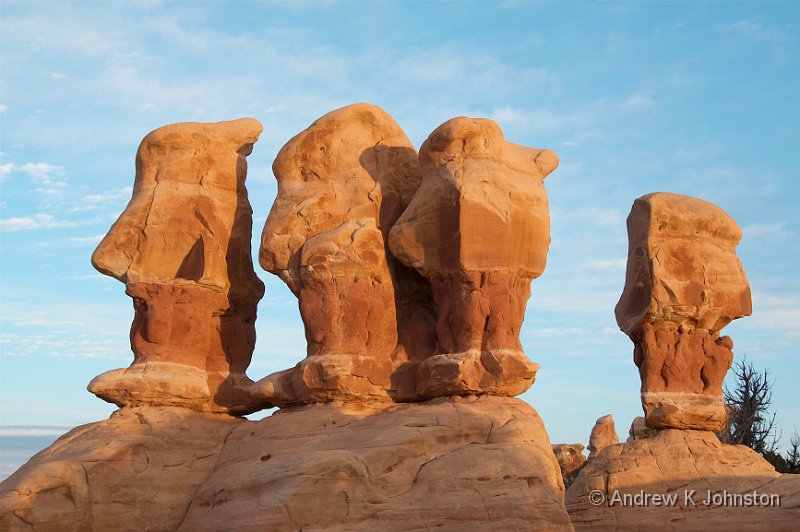

 List
List Abstract
Abstract One+Abstract
One+Abstract

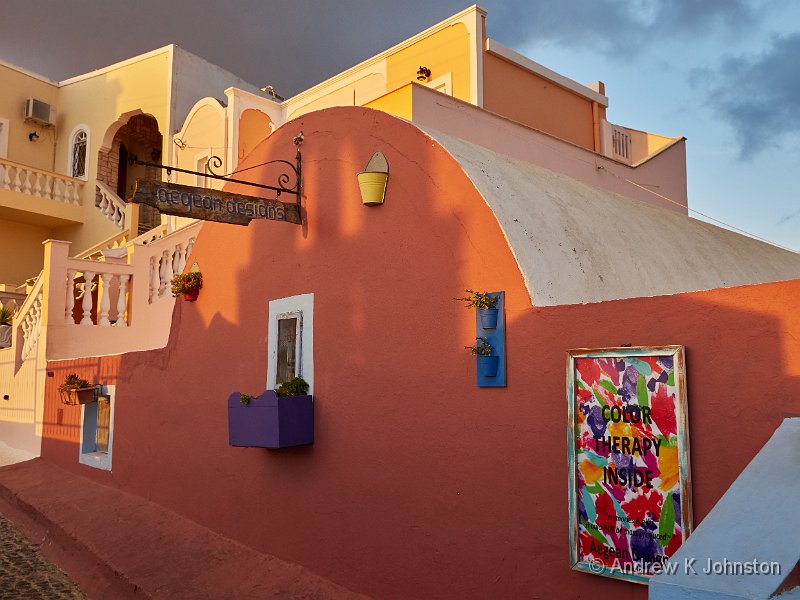
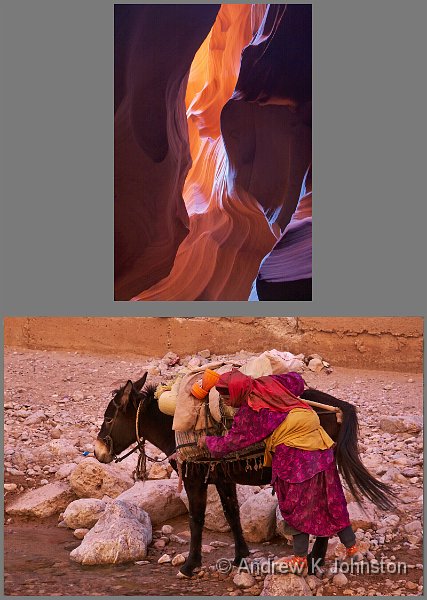

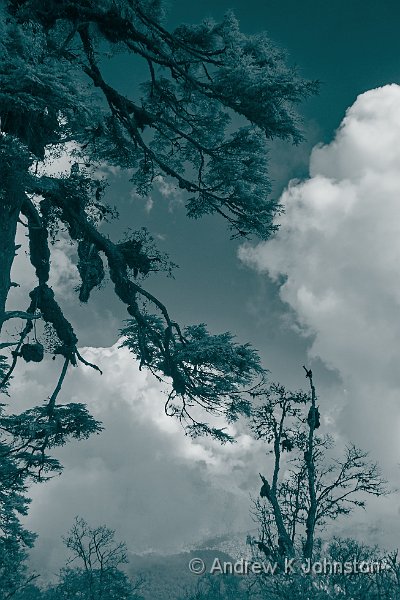

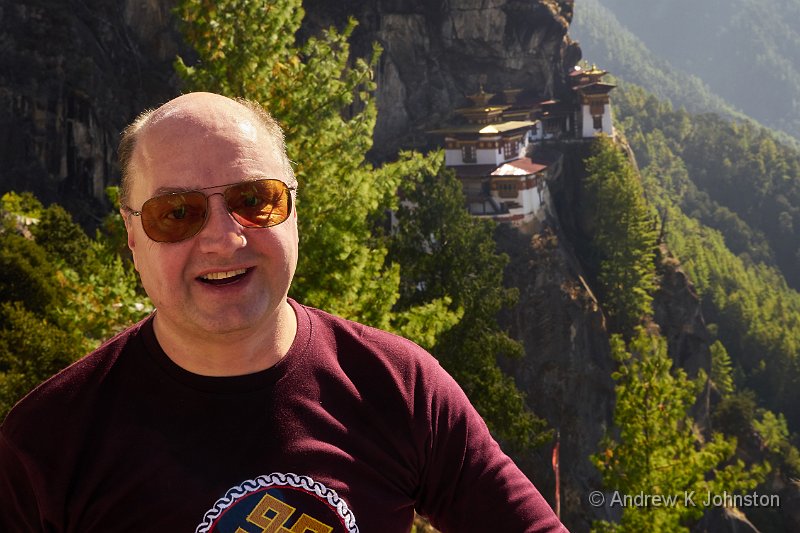
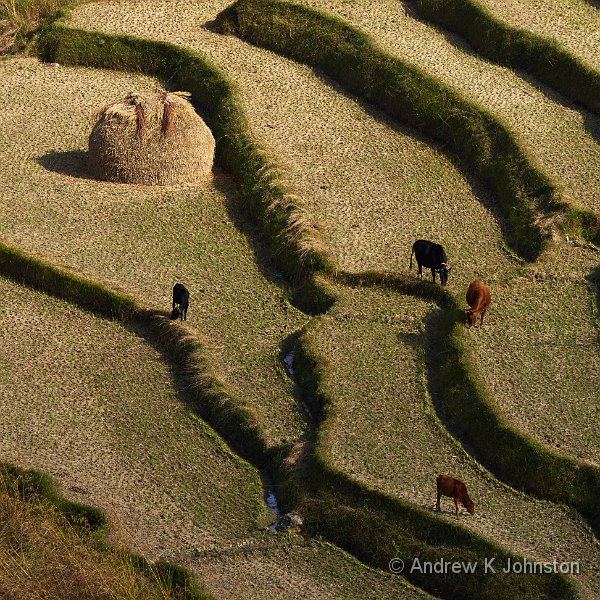
 Thoughts on the World (Main Feed)
Thoughts on the World (Main Feed) Main feed (direct XML)
Main feed (direct XML)